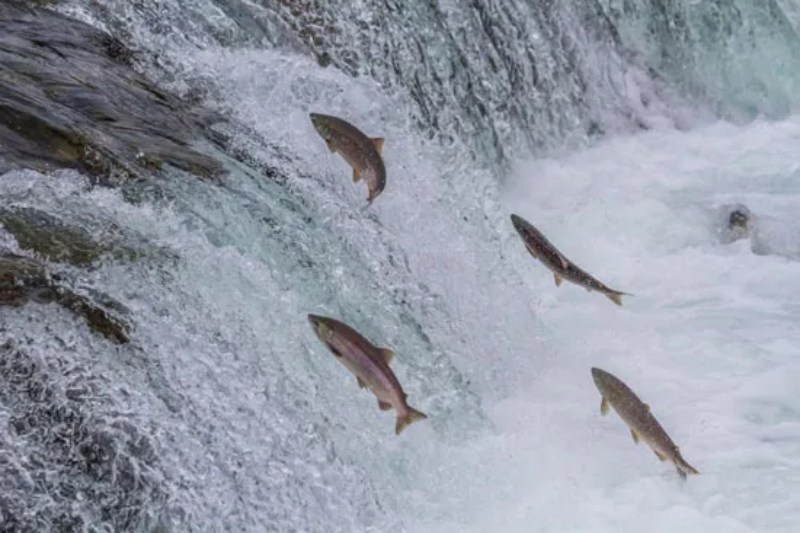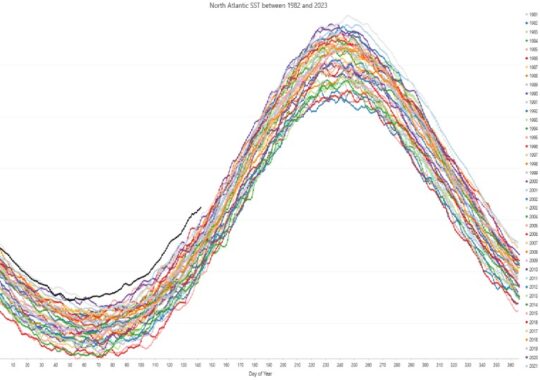In a report presented on Monday at the UN climate conference in Dubai, the International Union for Conservation of Nature stated that thousands of species of freshwater fish are in danger of going extinct.
About 25% of the approximately 15,000 species the organization evaluated may go extinct. Climate change affects at least 17% of the threatened species. Seawater is moving up rivers due to rising sea levels, according to the IUCN. In addition, pollution, overfishing, invasive species, illness, dams, and water extraction pose threats to freshwater species. According to the group, pollution puts 57% of freshwater fish species at risk of extinction.
Kathy Hughes, co-chair of the IUCN freshwater fish specialist group, states that over half of all known fish species are found in freshwater environments. They are essential to the environment, she claimed.
“This is essential to the billions of people who rely upon freshwater ecosystems, and the millions of people who rely on their fisheries,” Hughes said. “Ensuring freshwater ecosystems are well managed, remain free-flowing with sufficient water, and good water quality is essential to stop species declines and maintain food security, livelihoods and economies in a climate resilient world.”
According to the World Wildlife Fund, at least 200 million people worldwide depend mostly on freshwater fish for their protein needs in 2021.
According to the IUCN assessment, there was a 23% decline in the global population of Atlantic salmon between 2006 and 2020, making them a near endangered species. Salmon may survive in freshwater or saltwater.
“Climate change affects all stages of the Atlantic salmon’s life cycle, influencing the development of young salmon, reducing prey availability and allowing invasive alien species to expand their range,” the organization said. “Dams and other barriers block access to spawning and feeding grounds, while water pollution and sedimentation, primarily from logging and agriculture, lead to higher mortality of young salmon.”
Not just freshwater species are in danger. There are currently 157,190 species on the IUCN’s Red List of Threatened Species, 44,016 of which are endangered.
IUCN Director General Dr. Grethel Aguilar stated, “Climate change is menacing the diversity of life our planet harbors and undermining nature’s capacity to meet basic human needs.”





